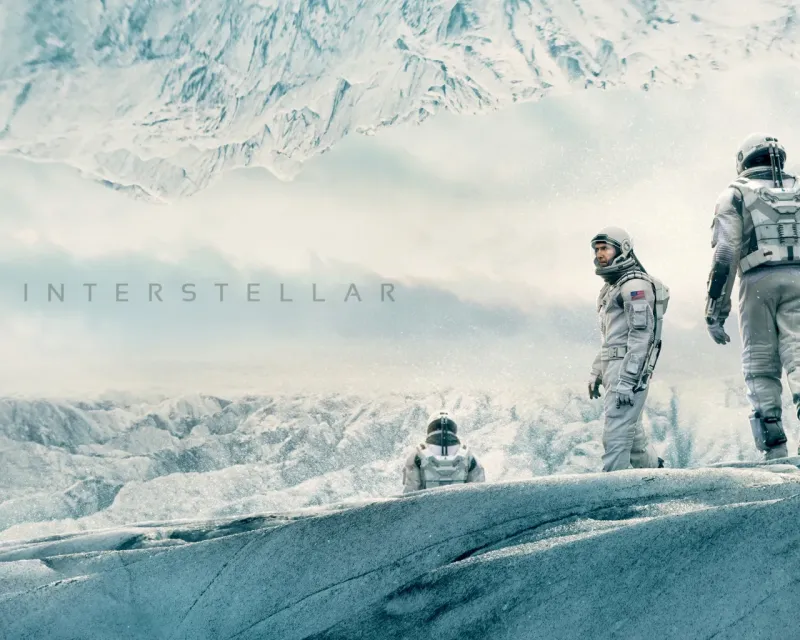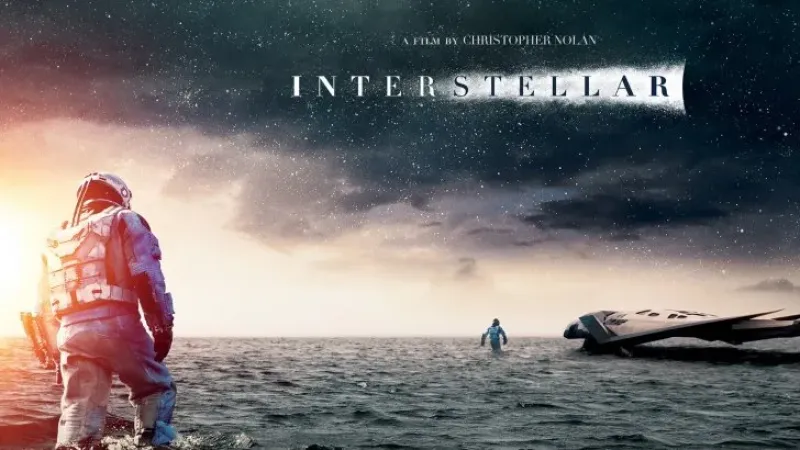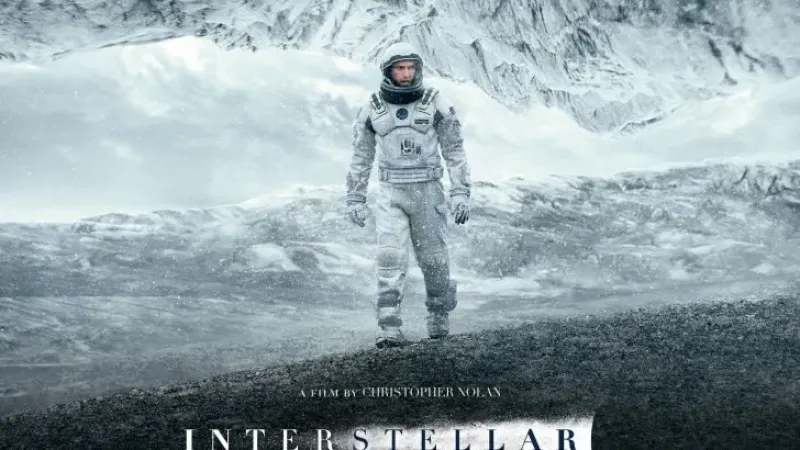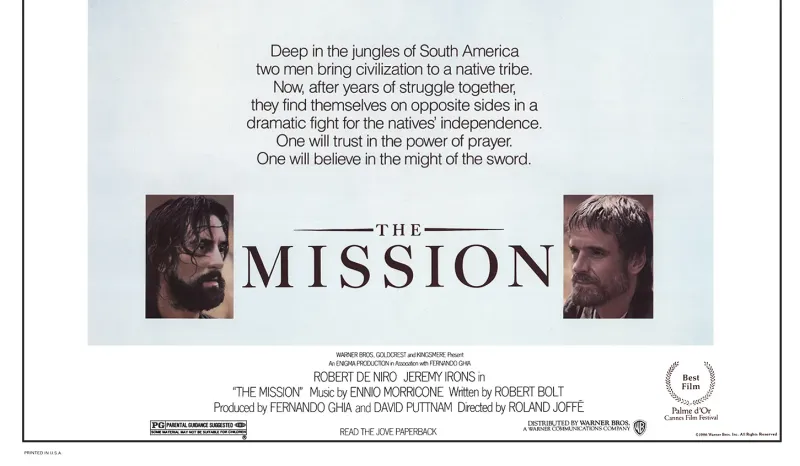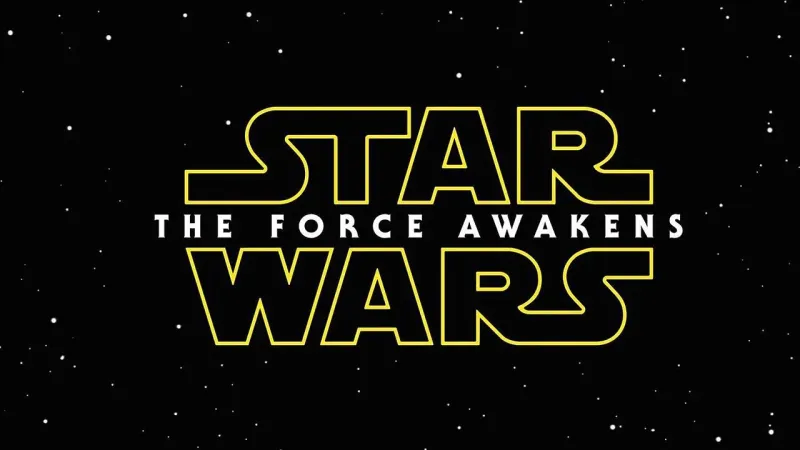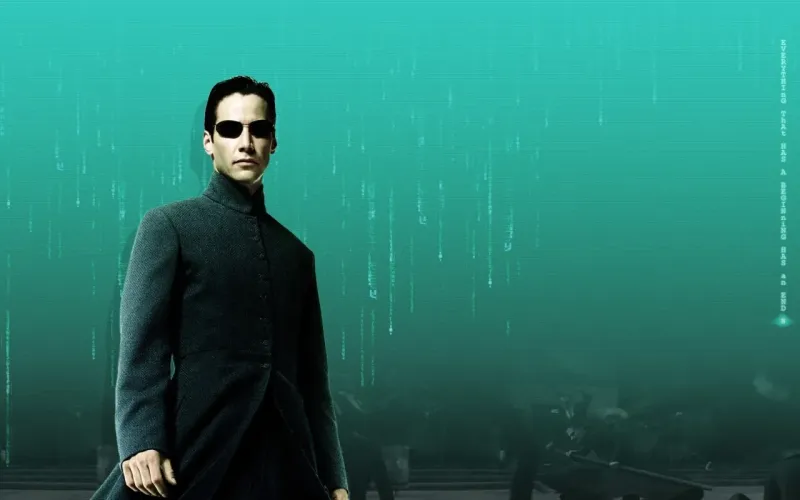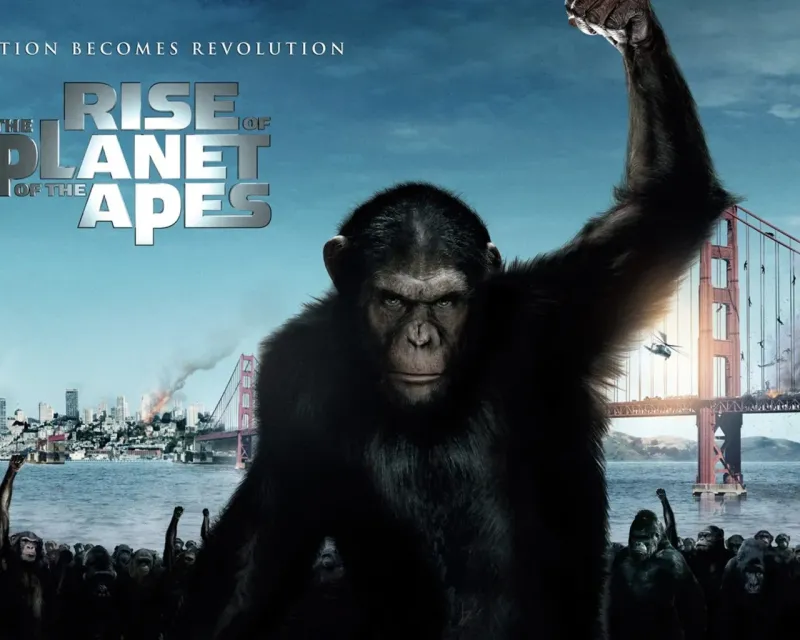Overview and Key Characteristics
Interstellar is a critically acclaimed science fiction film directed by Christopher Nolan. Released in 2014, it explores themes of space exploration, time, and human survival. The movie is renowned for its stunning visual effects and scientifically grounded storytelling, featuring concepts like wormholes and black holes. Matthew McConaughey stars as Cooper, a former NASA pilot who joins a daring mission to find a new habitable planet for humanity. The film's score, composed by Hans Zimmer, enhances its emotional depth and epic scale.
The narrative intricately weaves philosophical questions with scientific theories, making it both a thought-provoking and visually engaging experience. Interstellar delves into the human spirit's resilience and the power of love and sacrifice. The film's portrayal of space-time and relativity is grounded in real scientific principles, with input from physicist Kip Thorne. The movie's visual representation of a black hole, known as Gargantua, is particularly praised for its accuracy and detail, contributing to its status as a landmark in science fiction cinema.
Usage and Audience Engagement
Interstellar captivates audiences with its blend of scientific intrigue and emotional storytelling. It appeals to a wide range of viewers, from those fascinated by the cosmos to fans of character-driven narratives. The film encourages discussions about the future of humanity and the ethical implications of technological advancements. It also serves as a tool for educational purposes, often used in academic settings to illustrate complex scientific concepts such as relativity and astrophysics in an accessible manner.
The movie's engaging plot and impressive visuals make it a compelling choice for both casual viewers and cinema enthusiasts. Its complex themes invite multiple viewings, allowing audiences to uncover new details and interpretations with each watch. Interstellar has inspired a dedicated fanbase and sparked numerous debates and analyses, particularly regarding its portrayal of time travel and its philosophical questions. Its success at the box office and subsequent critical acclaim highlight its impact and enduring popularity.
Cultural and Cinematic Context
Interstellar stands as a significant entry in the landscape of modern science fiction films. It reflects Christopher Nolan's distinctive style, characterized by intricate plots and visionary direction. The film's release contributed to a resurgence of interest in space exploration narratives, influencing subsequent works in the genre. Its ambitious storytelling and commitment to scientific authenticity distinguish it from typical Hollywood blockbusters, elevating it to a level of cinematic art that resonates with both critics and audiences.
The film's cultural impact extends beyond the screen, influencing public perception of space travel and scientific inquiry. It premiered at a time when discussions about climate change and the future of Earth were particularly relevant, adding layers of urgency and realism to its narrative. Interstellar has been lauded for its ambitious scope and technical achievements, earning several awards and nominations. Its place in cinema history is cemented by its innovative approach to storytelling and its ability to inspire and challenge viewers worldwide.
